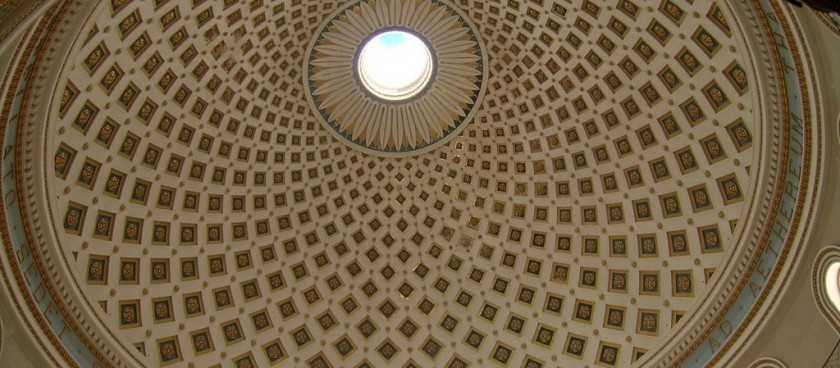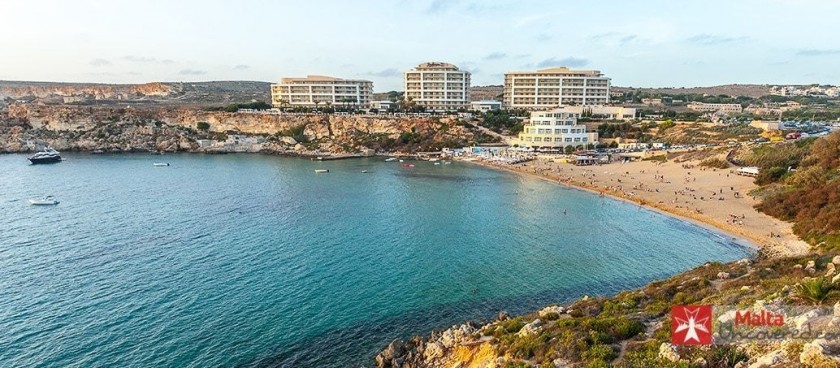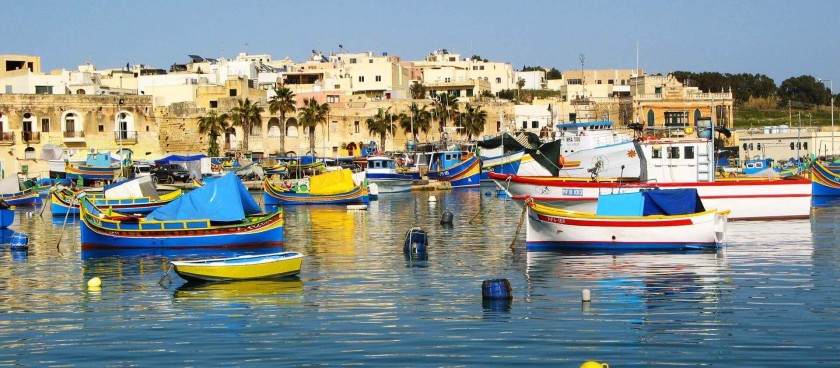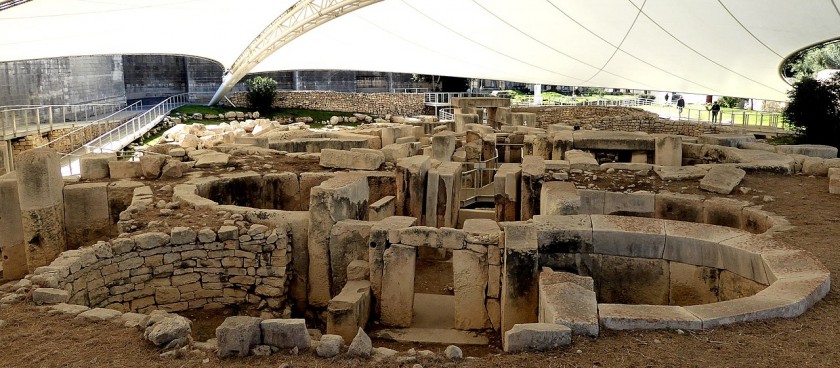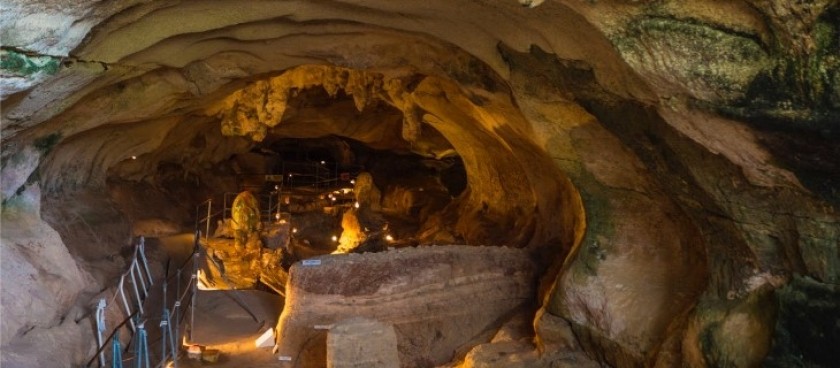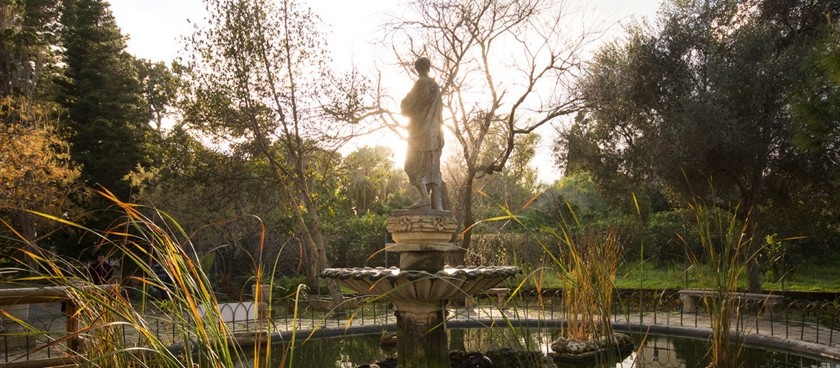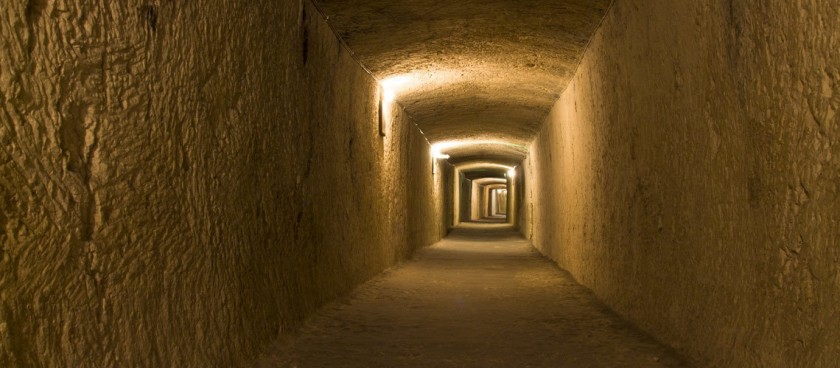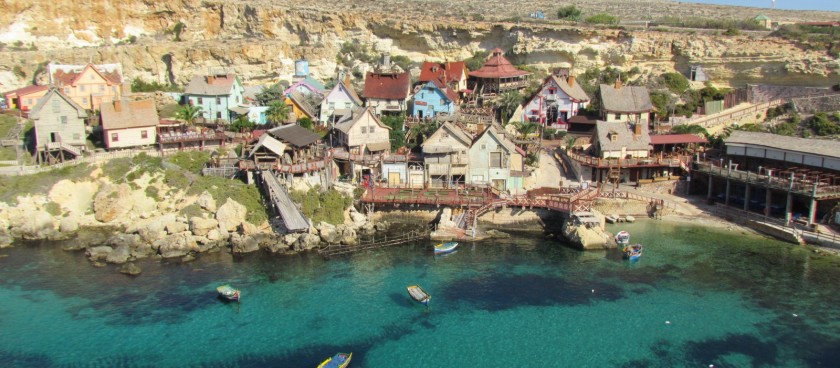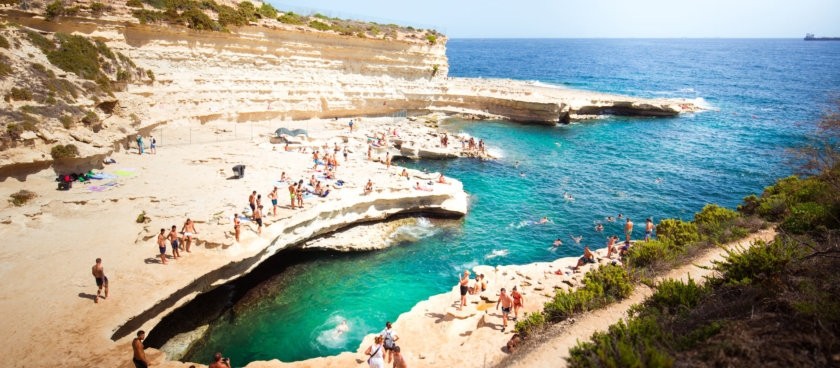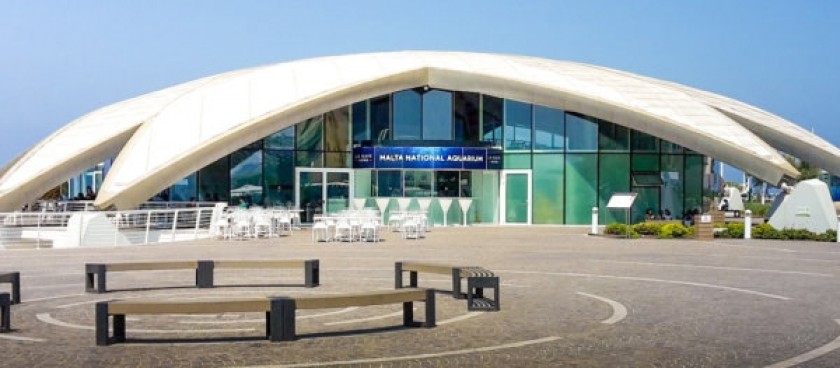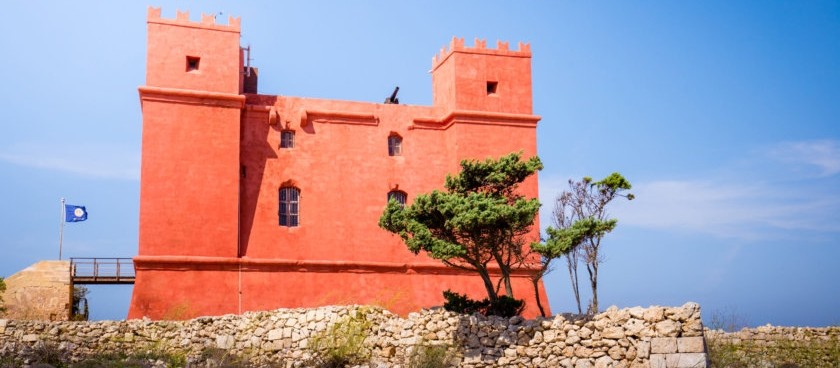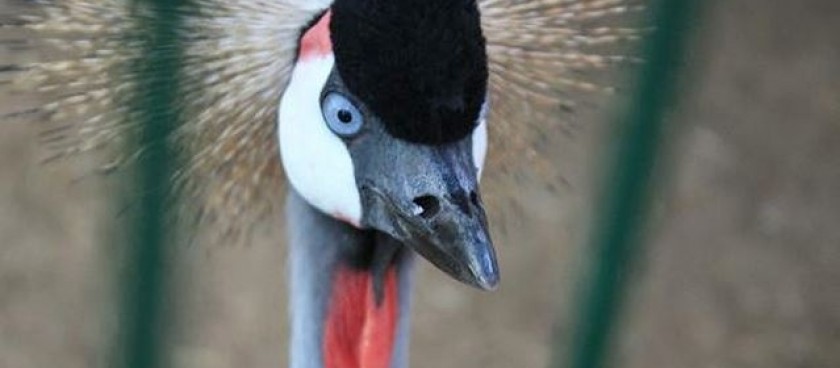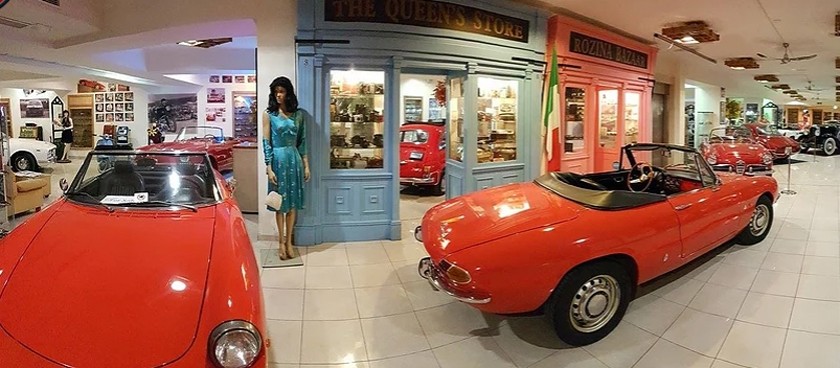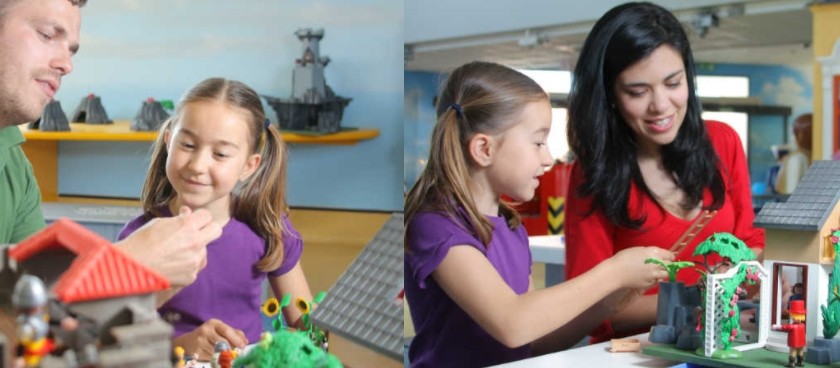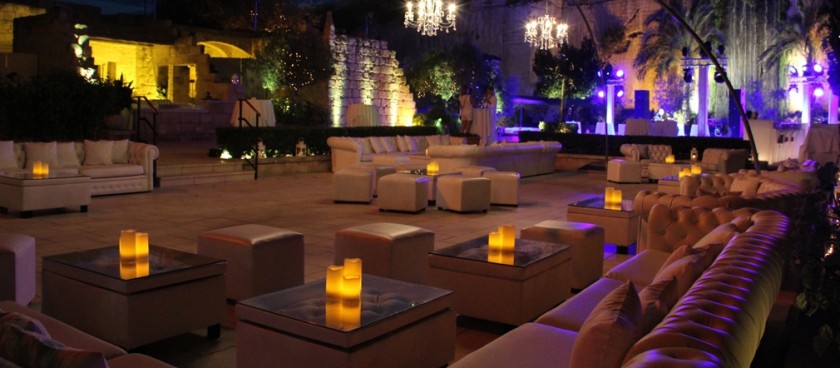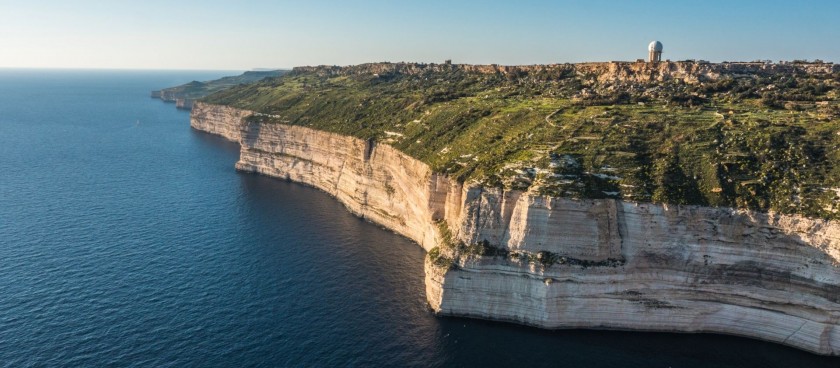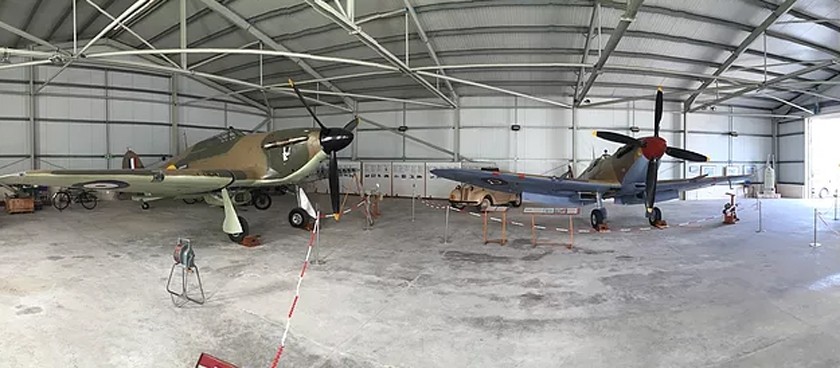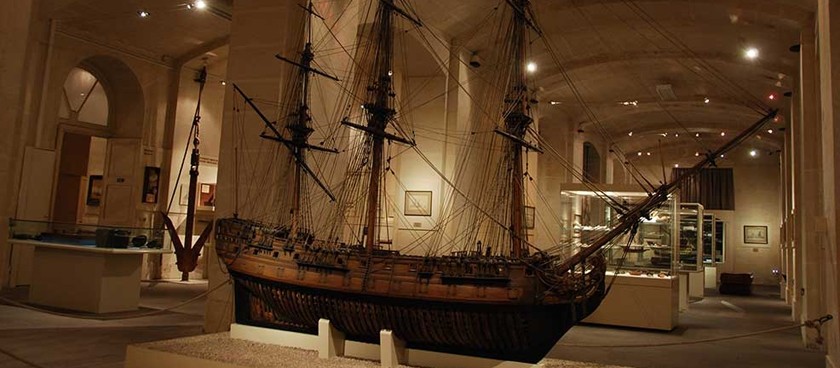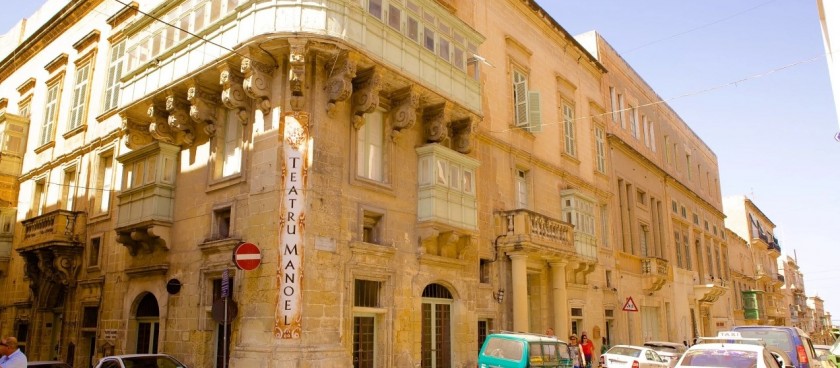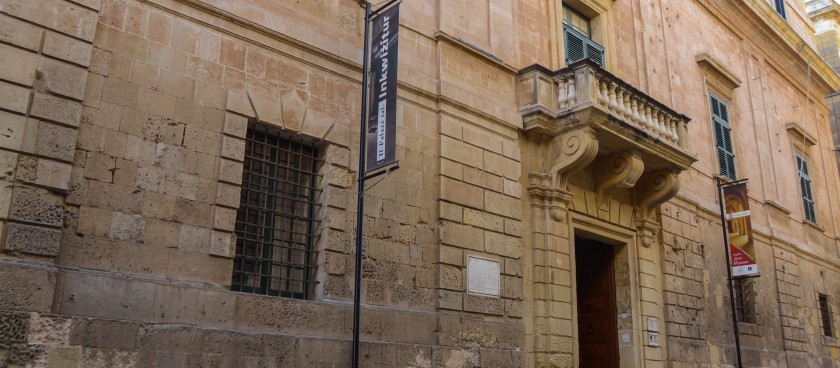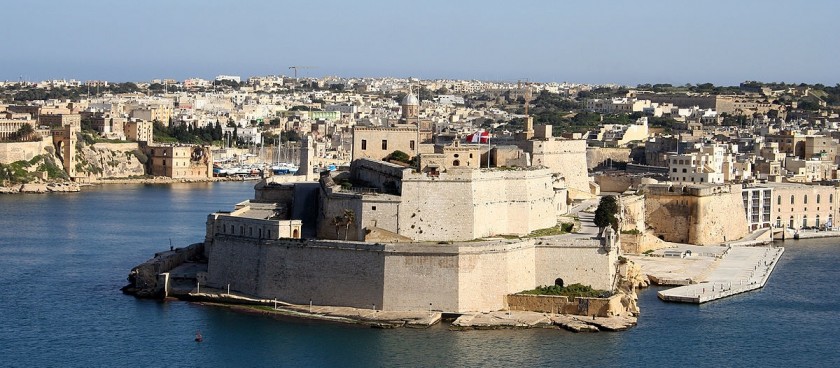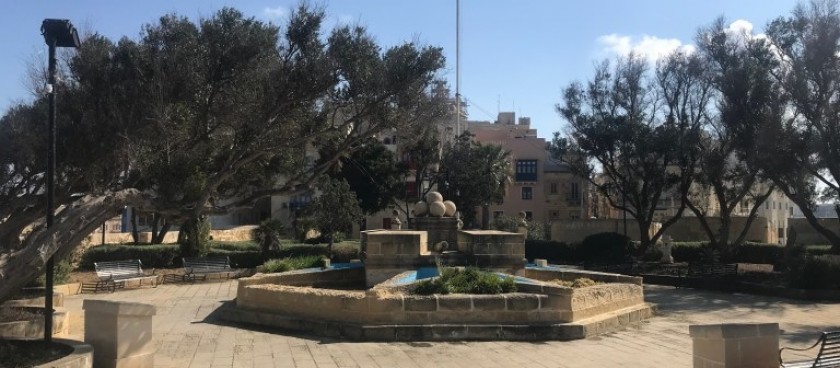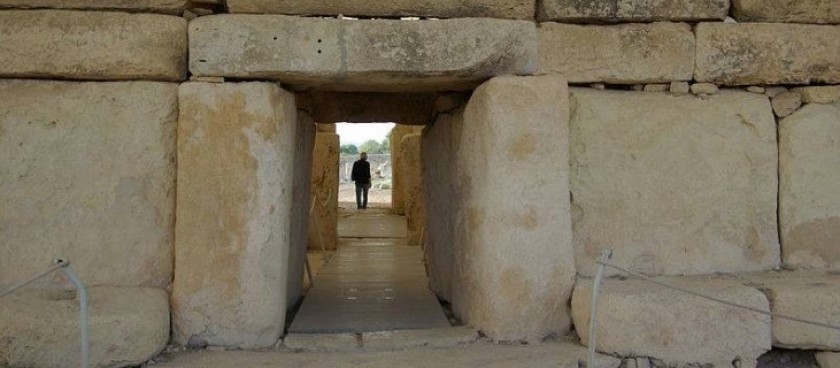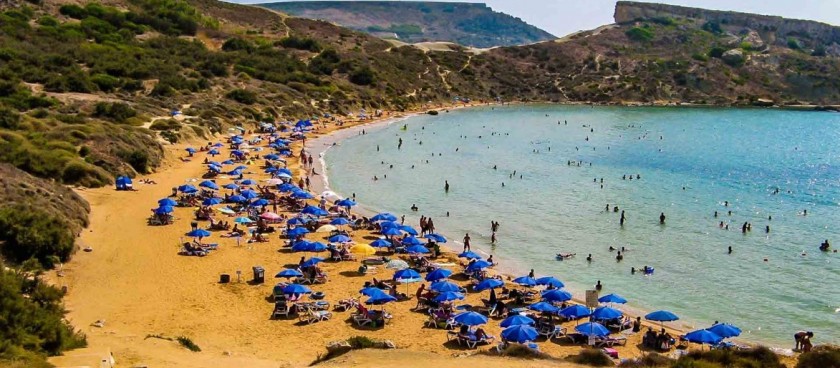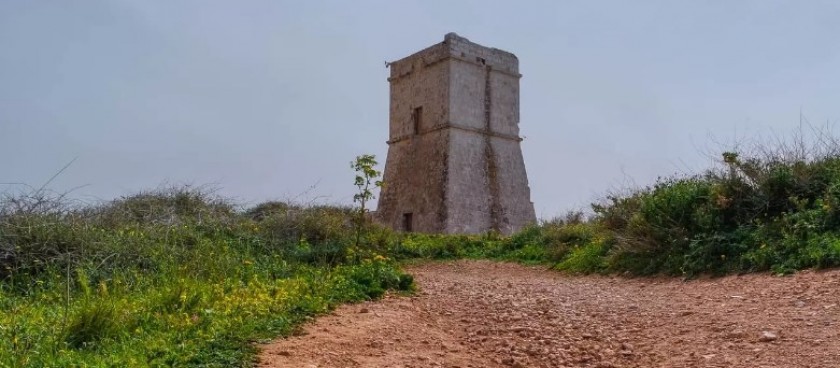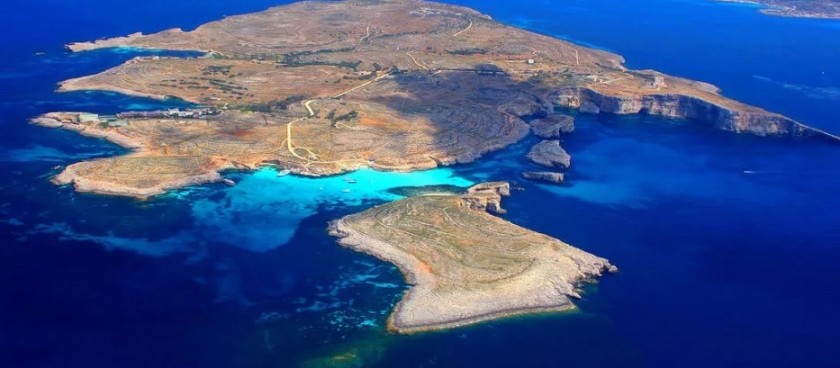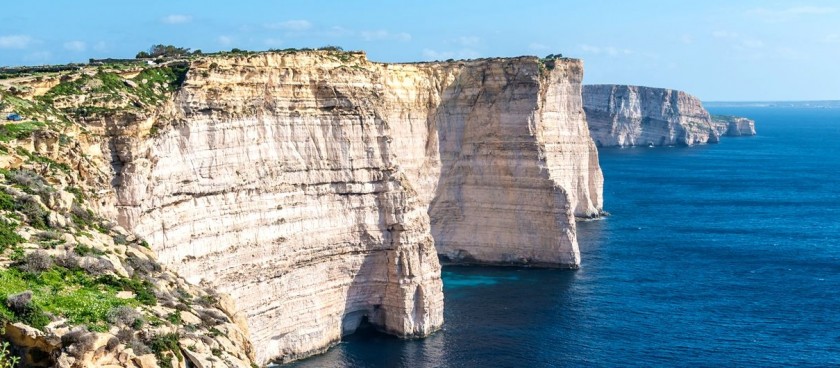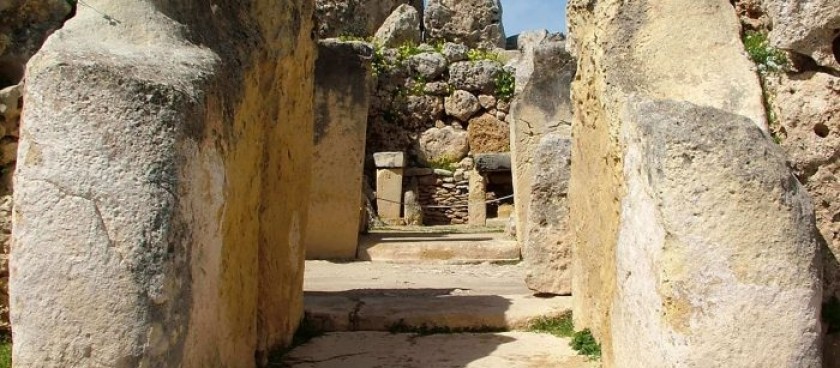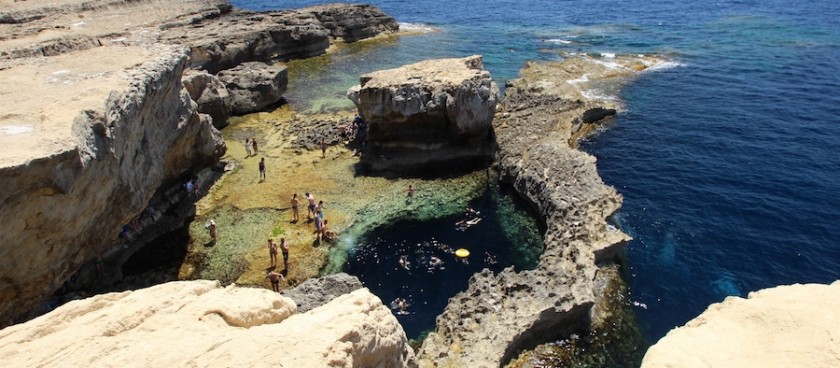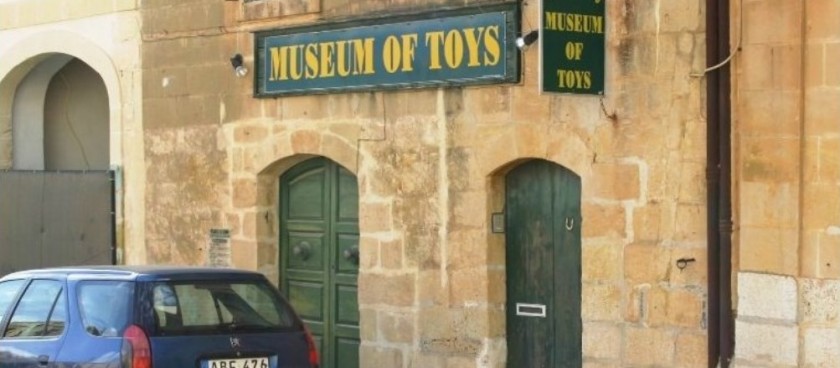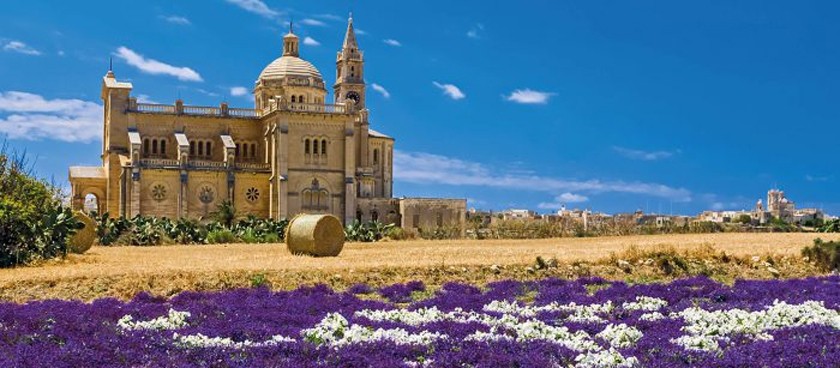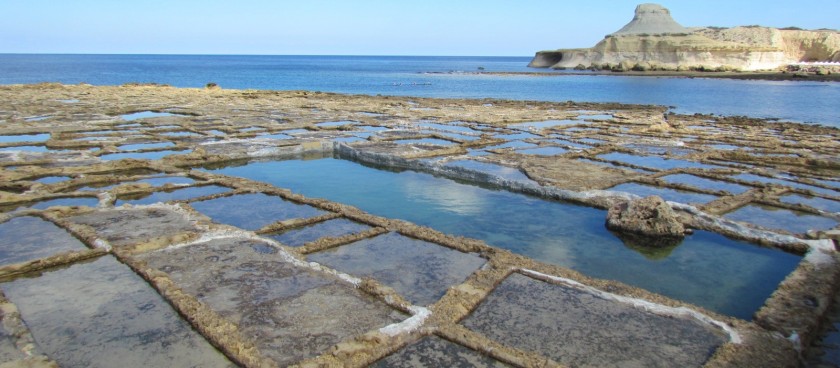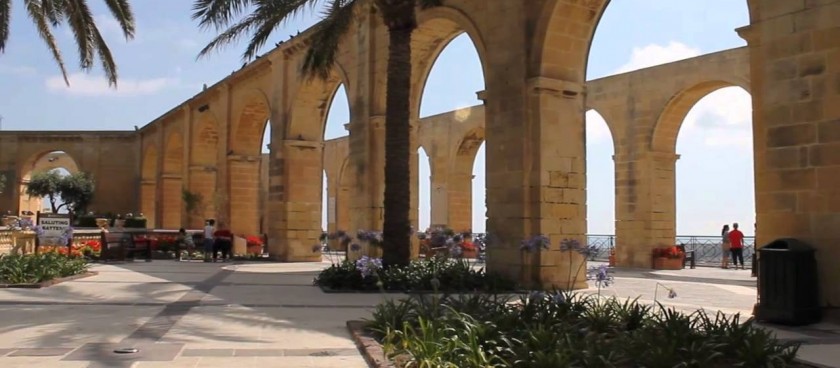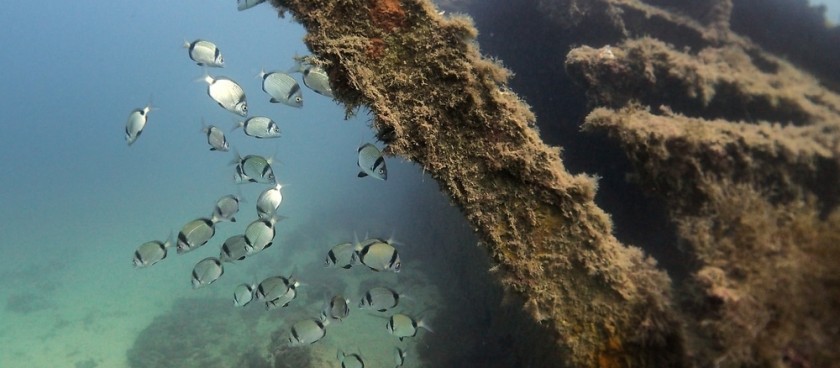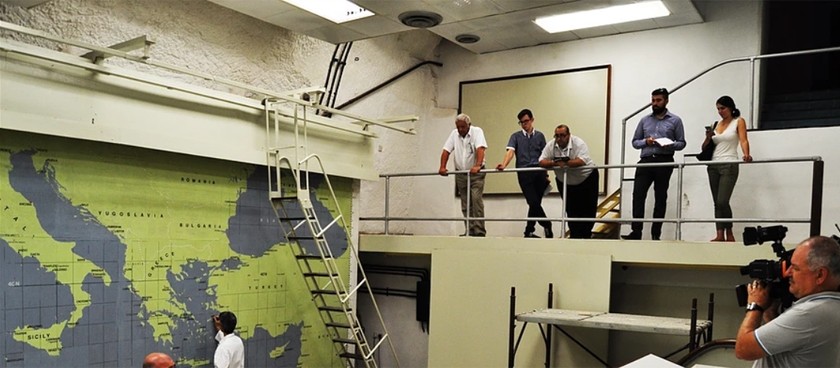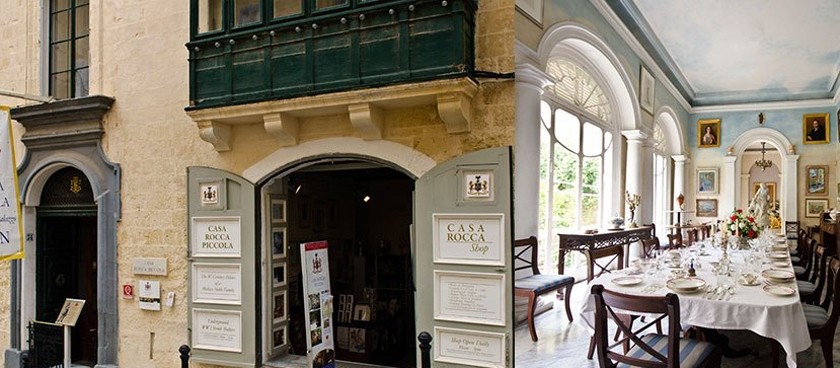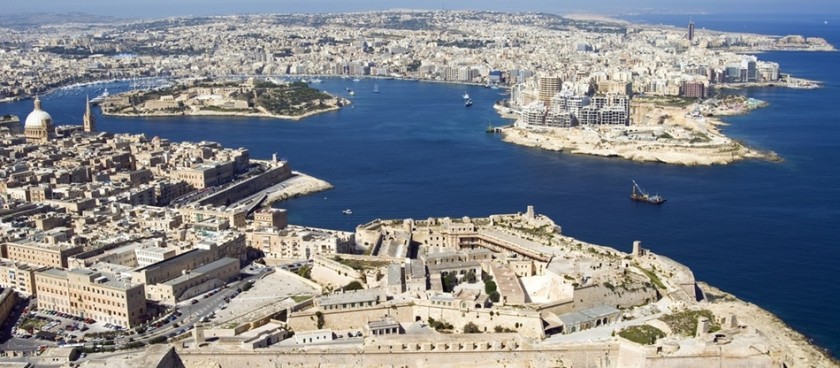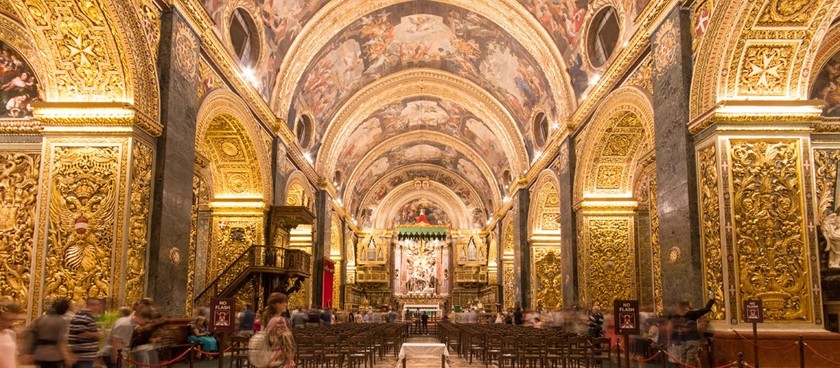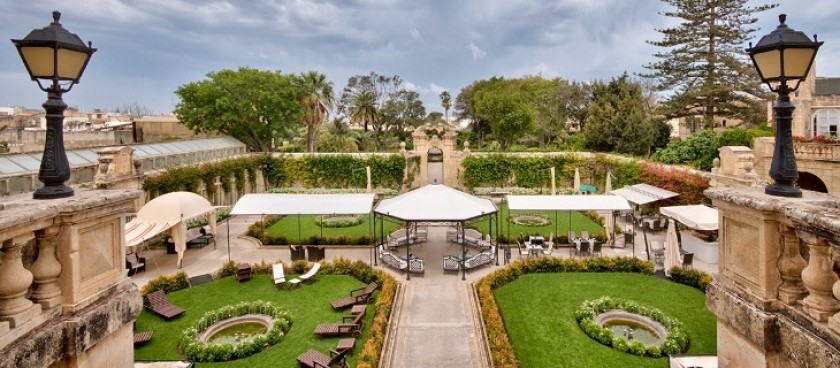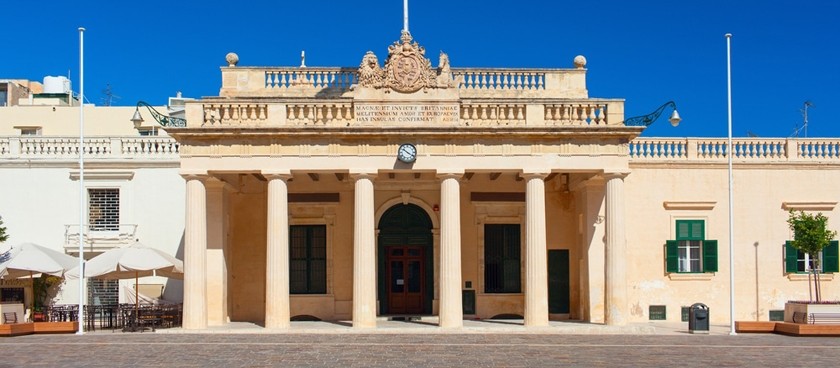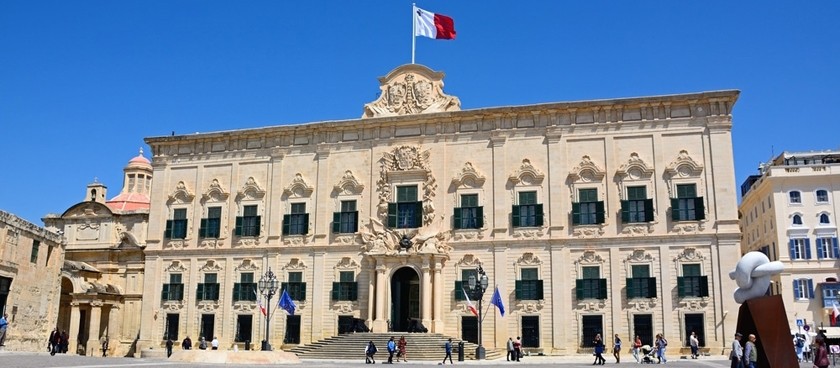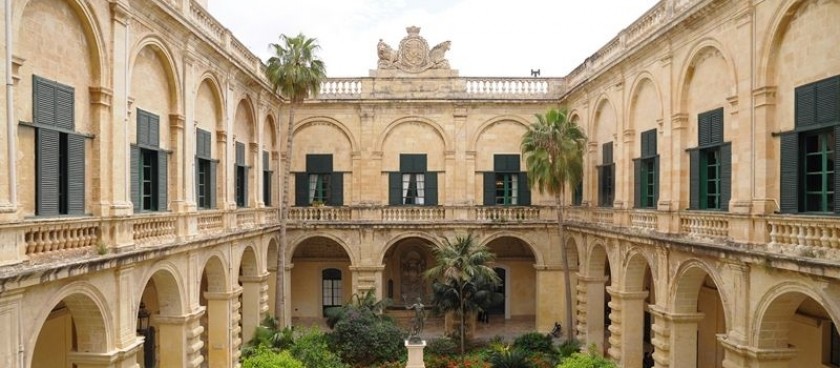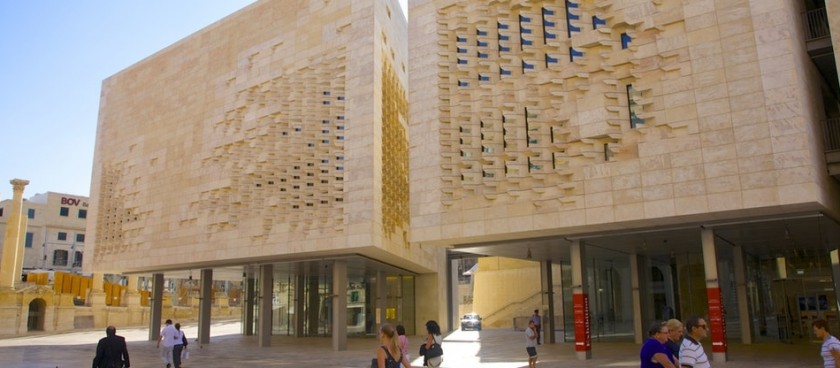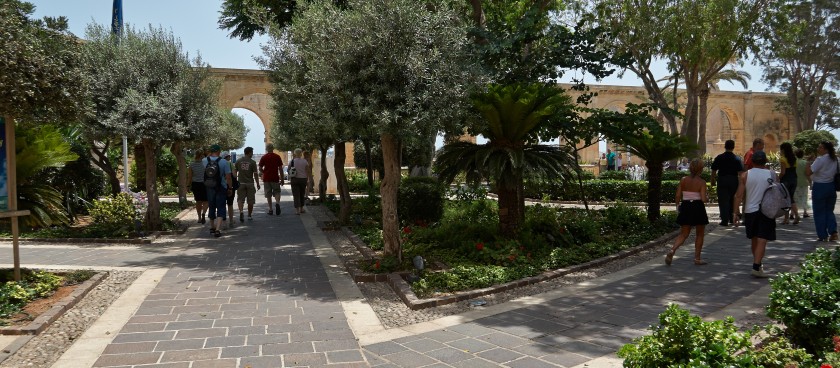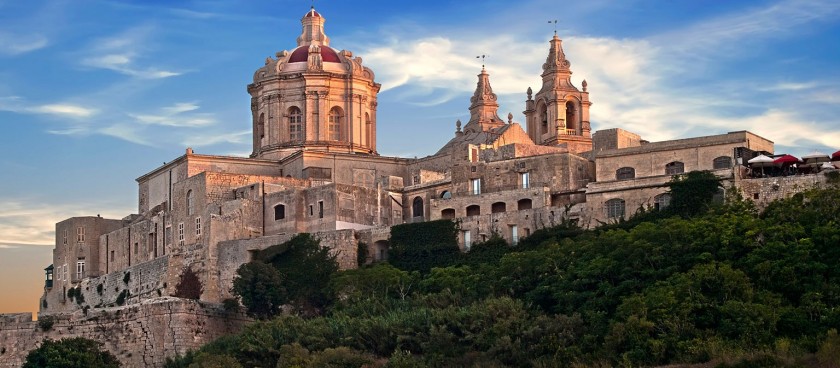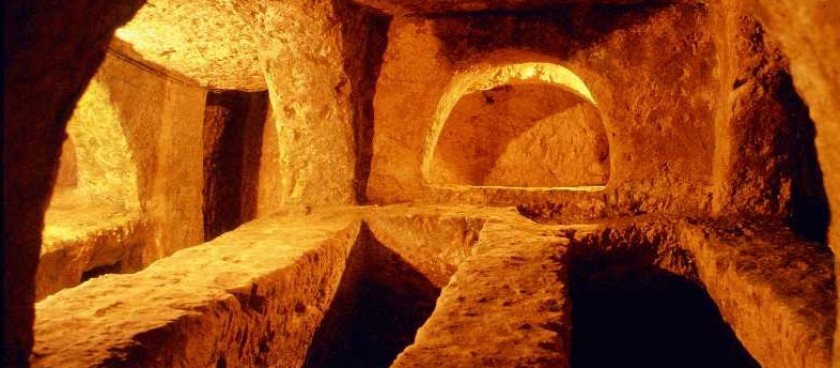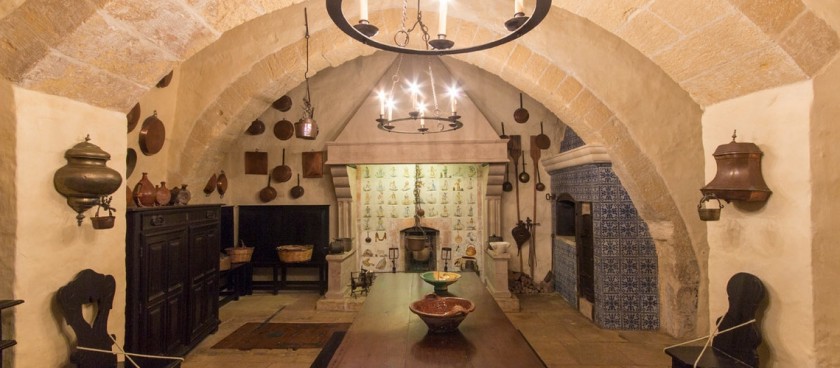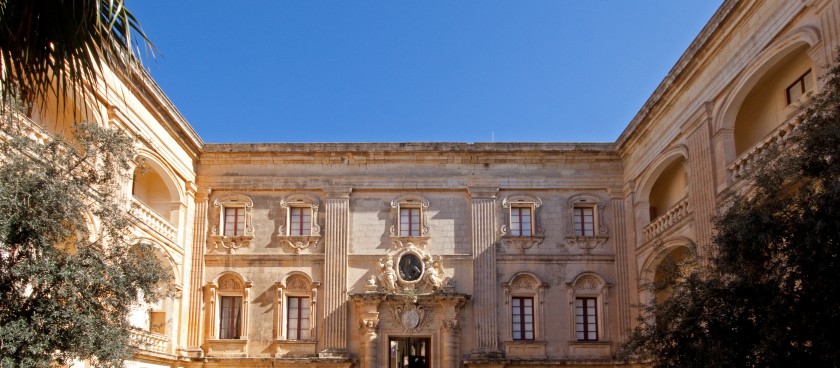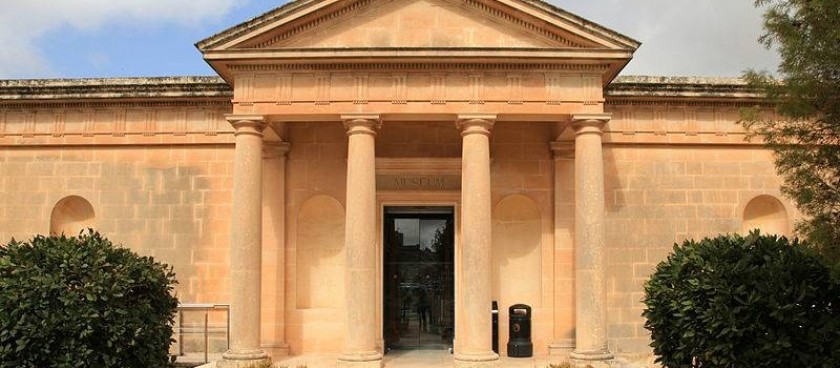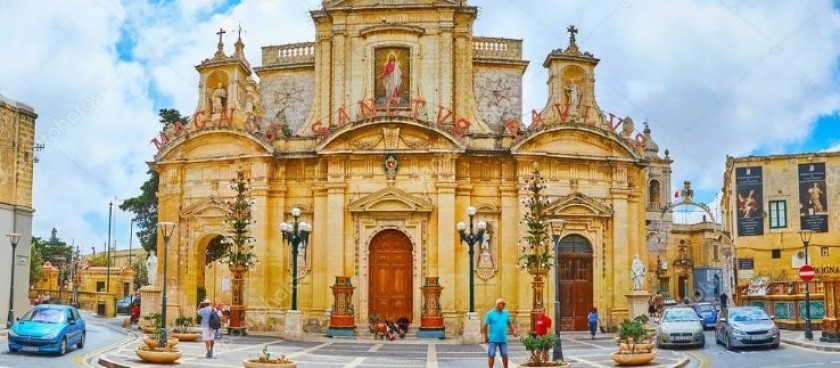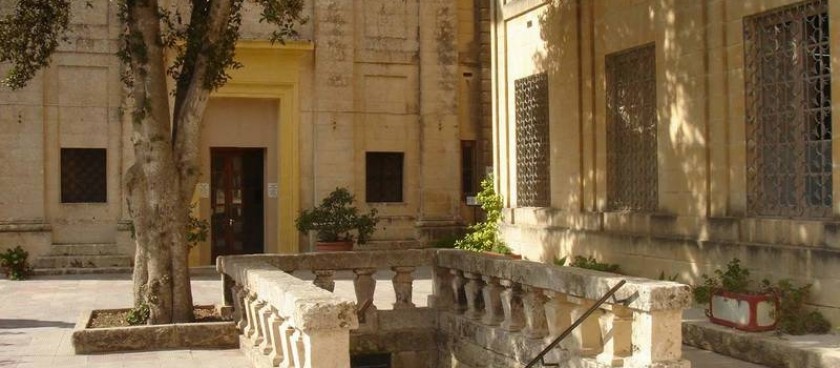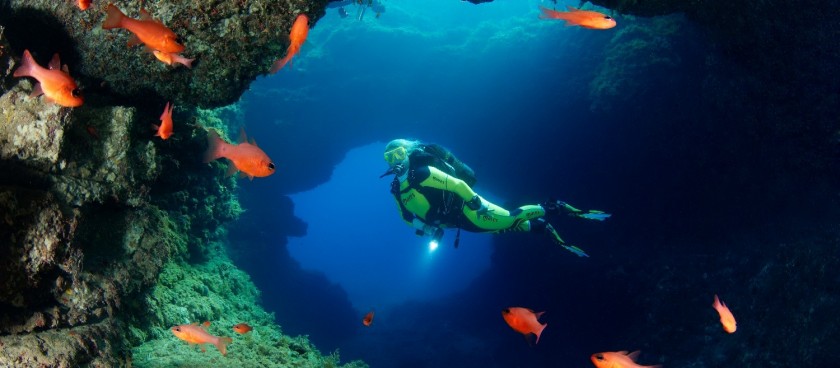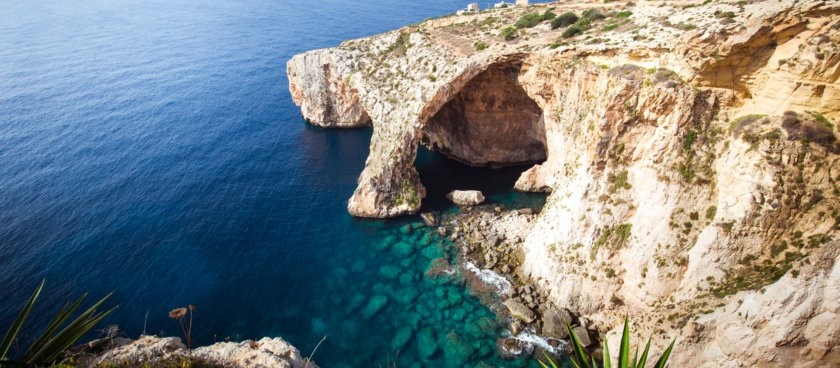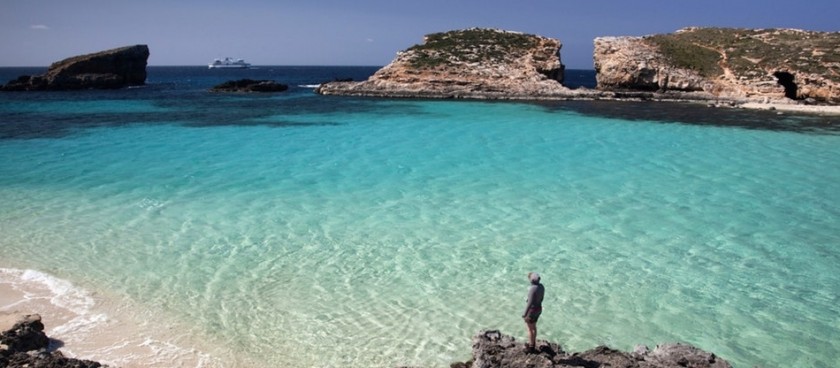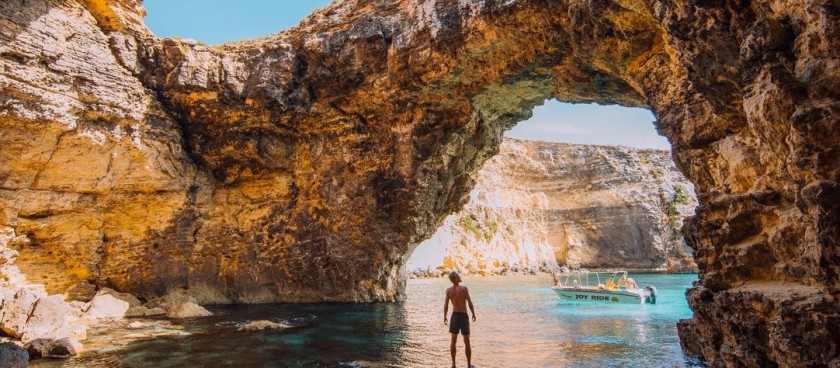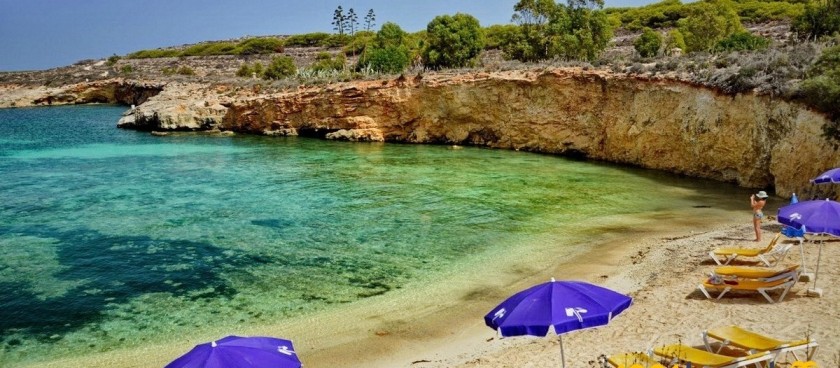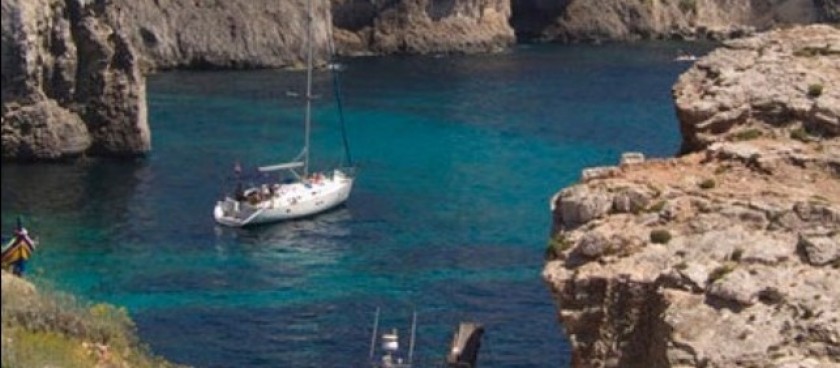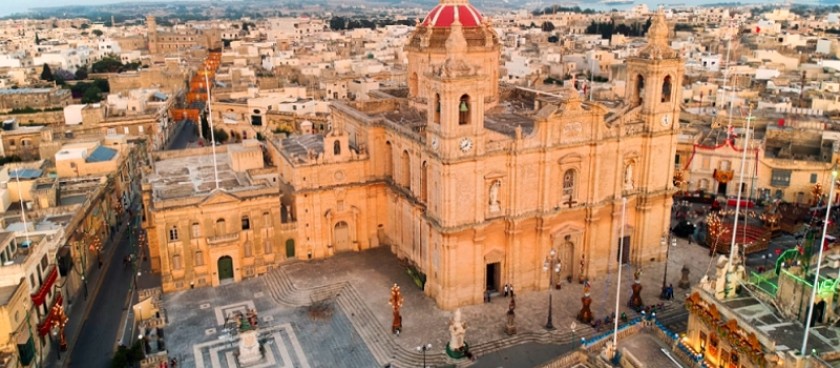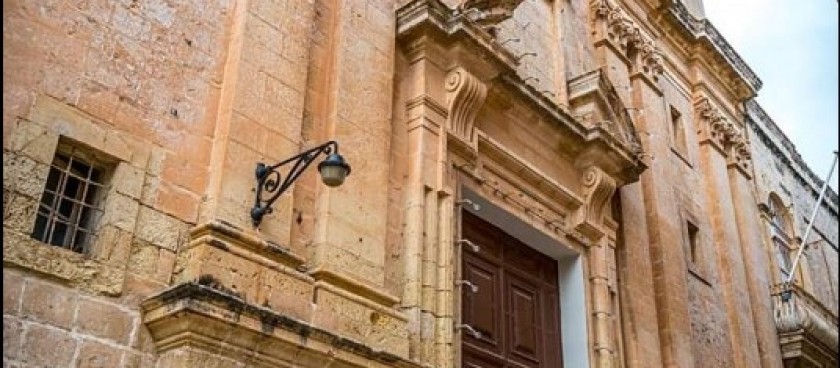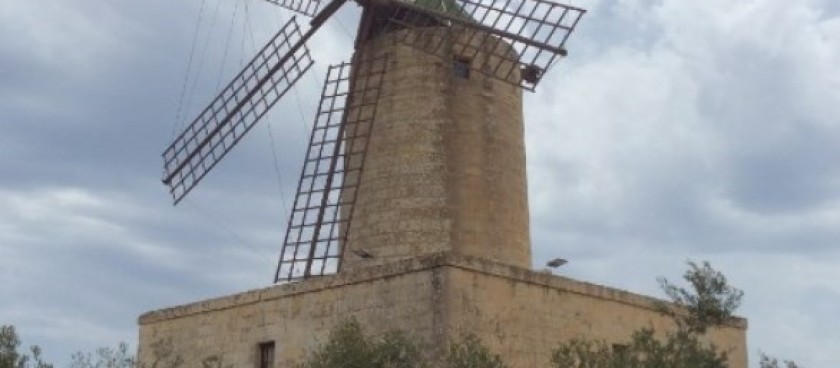Best Places to visit in Malta
There are 60 places to visit in MALTA at the moment 60Introduction
Malta- officially known as the Republic of Malta is a country made up of three Islands found at the centre of the Mediterranean Sea. There are various places of sightseeing in Malta owing to the prehistoric relics found in some parts of the country.
You will surely enjoy your visit here but to make navigating this ancient country easier, you should consider having a Malta tourist map with always. The country officially adopted Euro as its main currency in 2008, though the Malta Euro has some distinct features peculiar to it.
This article will guide through some of the best places to visit in Malta.
Location, climate
This small, archaeological, independent and history-rich country consists of three small islands- Gozo, Malta, and Comino. Malta is the largest of the three Islands and boasts of the Island’s biggest and most active harbour and ports.
Gozo Island is known for its rurality, the peacefulness and serenity in its environment, making it offer visitors spectacular views, and a wide option of outdoor activities they can do like; hiking, mountaineering, biking etc.
Comino is the smallest island of the three and hosts one of the most beautiful places in the country- the Blue Lagoon.
All three Islands form what is known as the Republic of Malta and is located in the centre of the Mediterranean Sea and is one of the smallest countries in Europe.
It is located 300km to the east of Tunisia, some approximately 100km south of Sicily, Southern Europe- an Island in Italy. Covering a land area of 316 square kilometres. it is about twice the size of the whole of Washington DC and is about one-eighth of the whole of Luxembourg. It is one of the most densely populated countries in the world.
Valletta, Mdina, Birgu and Marsaxlokk are some of the main towns in the country.
Dues to its location at the centre of the Mediterranean, it has very mild winters and hot summers. Usually, rain comes in the winter while most of its dry season occurs in the summer. The temperature in Malta is roughly 23⁰C in the day and could be as warm as 16⁰C at night.
With August as its warmest month- it is one of the best time to go to Malta and January as the coldest, Malta still boasts of the warmest temperature in the whole of Europe, and its capital city-Valletta has the warmest of winters.
One major problem with visiting Malta is the amount of water supply. This is because rain is usually few in the summer and that is when water is most needed and used. However, they derive an alternative source of water from underground tanks which are drawn through the Ta’ Kandja galleries.
Located on the Dingil cliffs, another place of Malta points of interest is the Ta’ Dmejrek mountain, high at 253 meters. It is the country’s highest point and suitable for hiking and mountaineering and climbing. While its lowest point is definitely the Mediterranean Sea located at its feet.
Been the Island it is; Malta has no real or permanent body of water- river or lake and the Mediterranean Sea is the only body of water that surrounds this Island. However, there are a couple of beaches in Malta.
In fact, Malta is known is known to have some of the best beaches in the Mediterranean and also boasts of the cleanest of waters in the European Union. These beaches are known for their cleanliness and are even certified by the EU.
Some of these beaches are places of sightseeing in Malta and they include; the Ta’ Fra Ben beach, Armier Bay, Gnejna Bay, and Ghajn Tuffieha.
Most interesting places, things to do
If you really want your first visit to serve as a stimulus for other visits in future, you should make it a priority to visit some of these places listed below, likewise, there are some things you should not miss out in doing.
Let us have a look at some of the best places first:
Valletta
Valletta- the capital city of Malta and one of the most important seaports in the country is surely one of the places to visit in Malta. The city is a witness to the opulence of the European noblemen who were granted the Maltese Island during the rule of the Spanish far back in 1500.
The European noblemen- also known as “The Knights of Malta”, then went ahead to make the place a cynosure of the artistic physique, putting it on the same scale as that found in other European countries.
One other reason tourists will find this place interesting is because it boasts of numerous cultural and historic moments in the history of Malta. If you would the idea of exploring a tourist centre without a car, then Valletta should be top on your list because it is very easy to navigate.
Gozo Island
Another place of sightseeing in Malta is the idyllic Island of Gozo. It is a small Island, a perfect location to enjoy and savour the sight of nature’s wonderful creation, quiet towns, clean beaches, and so on. This island is blessed with a lot of cultural lures.
It includes a small, invigorated city called Victoria, an ever active, bustling seaside resort called Marsalforn. This city also houses the most important archaeological site that can be found anywhere in Malta, the Ggantija Temples, which has been in existence since 3500 BC.
As a visitor to this beautiful city of a place, you will enjoy watching the Island’s pastoral landscape, making you forget the stress and hassles known with the modern world.
From hills to small farm settlements, to sandy beach- whose waters are safe for swimming and soon. You are sure to enjoy each, moment spends on this Island. Below are some of malta beautiful places.
Hal Safflieni Hypogeum
Either you are a tourist, a researcher, or anyone who wishes to get lost learning about historical happenings of the prehistoric era, the Hal Safflieni Hypogeum Island is a sure place to visit. It is one of the archaeological buildings well-recognized, endorsed and recommended by UNESCO.
On a trip to this place, visitors get to plunge into the mesmeric world of the prehistoric era.
This place is filled with memories of the past and it still carries the remains of some of the man’s religious burial rituals, his consultations with the oracles and so on. it contains different chambers, with each chamber holding relics that can never be found anywhere else on earth.
Another mind-blowing fact about this site is that it has been standing since the 4000 BC and boasts of beautiful carvings, nice paintings etc.
The only clause to visiting this site is that only a maximum of ten visitors or tourists can enter the place every hour.
Having looked at some of the best places to visit, and either you create a list of things to see in Malta, let us look at few of the interesting things you should do before leaving Malta.
• Visit Blue lagoon
The blue lagoon is a beach located in Comino Island. If you plan to visit this place during the high season, you have to leave your camp very early as the place gets crowded from 10:30 am till 4 pm in the evening.
• Use the Valletta and Gozo ferry service
• Walk around the Marsaxlokk fishing village
• Explore the Tal-Mixta cave.
Administrative divisions
The Republic of Malta is made up of Native Maltese, which is the name the people of Malta are called. After the Native Maltese, the Britons are people with the most population. A census population is conducted once in every ten years and their current population sits at about 475,001 with the males having up to 50.5% of the entire population.
About 13% are aged above 65 years, 68% within the age range of 15-64, 17% makes up ages of under 14. In the whole of the European Union, Malta has the highest population density at 1,282 square per kilometre.
From centuries past there has been a transitional change in the language of the Maltese. Around the 12th century, Sicilian was the cultural language spoken, the 16th century saw Tuscan as the official language. Currently, Maltese and English are the two main official languages of Malta, but Maltese is usually given more preference over the English Language.
Italian and French also languages spoken in the country.
Constitutionally and as reflected in a variety of the Maltese culture, Catholicism is the predominant religion. As at 2019, the Eurobarometer survey carried out shows revealed that only 1% of the Maltese population is undecided about their religion, 3% makes up people with unidentified religion, irreligion, and other religion each.
The Atheist makes up another 1%, Islam, Protestantism and Eastern orthodox takes up 2% each while 83% are of the catholic church.
The Maltese are socialites, hence, there is nothing that depicts caste divisions. Though there have been traces of marginal variation, this is usually due to the influence of birthright, heritage or legacy.
The Maltese society is such that they identify no form of deep-rooted ethnic dissimilarities and relative stratification is evident along with the style of dressing, economic status etc. and are mostly found in rural areas.
Transportation, communications
Malta’s transport system though extensive is a small one, and that is one reason buses and taxis are their primary means of transport in the country. Railways and tramway were previously used in the past but seaports are the ones still very much functioning.
The only means of international mode of transport in Malta is through the Gudja airport, the Malta Freeport and the Grand harbour.
Just like in the United Kingdom, Malta also uses the left-hand drive but due to the small size of the Island, car ownership is always on the high rise. The only ever functioning rail line in Malta is the Malta Railway which singly plies from Valletta to Mdina. It operated from 1883 till 1931.
At a time, electric tramway also operated from 1905 to 1929 and was terminated upon bankruptcy of the holding company. Though there are currently plans to resurrect the tams system.
There are three major natural and two man-made harbours on the Island, the Grand Harbor, the Marsamxett Harbor and the Marsaxlokk harbour. For swift and movement also, a ferry service runs daily between Cirkewwa Harbor and Mgarr Harbor.
The only airport serving this country is the Malta International airport, it also has a heliport and is operated by the HarbourAir Malta. Two airfields which were active during the world war II periods up till the 1960s have closed down and converted into Malta tourist attractions, the place now features a national park, stadium and also serve as the country’s craft village centre of attraction.
When it comes to verbal communication, they communicate in English and Maltese. Whispering is a very rare style of communicating among the Maltese as they speak very loudly, even their expressions are not silent. But they are known for their humour.
Regarding their mode of non-verbal communication, they are known to keep distance either while sitting or standing near to each other. They are affectionate and mostly maintain direct eye contact while in a discussion with people. They also use a series of gestures in passing their messages across either by lifting their thumb or middle finger or using any other finger to express themselves.
They are also known for their hospitality and generosity.
Food and drinks
A concealed gem of the Mediterranean, Malta is known for the variety of healthy, nutritious, and delicious cuisines it treats tourists to. With many of these dishes linked to the Northern part of Africa, almost all on planet earth can be found in the Republic of Malta.
Like most other counties, the type of food depends on the season, but regardless of this, you are sure to be treated to nice, delicious meals anytime you visit Malta. It even suffices to say that these food joints are some of malta tourist attraction.
Some of Malta’s traditional food includes a certain type of fish pie called Lamuki pie, beef olives- also known as Bragioli, Kapunata- ratatouille prepared the Maltese way, and so on. one other popular food is the Bigilla, which is a pate of broad beans mixed with garlic.
Hobz biz-zejt- a type of round bread dunked in olive oil, then brushed with a mixture of tuna, onion, garlic, tomatoes and capers is one snack you should try out. Another delicious and filling snack comes in the form of a flaky pastry filled with mushy peas called andpastizzi.
If you are lucky to visit Malta during the season of fishes, you will be treated to a varieties of fish at the Marsaxlokk fish market. Some of these fishes include the aljotta fish- used in preparing a special type of fish soup, tuna, trill (red mullet), and soon.
Dolphin, octopus, and squid are among fishes used in preparing certain rich stews and pasta sauce. For dessert, you could look at trying out kannoli or Helwa tat-Tork- a sweet mixture of almonds and sugar.
Just like they don’t slack with meals, they are also known for the best of drinks. One of which is the country’s national beer, popularly called Cisk larger among the natives. Any attempt to request for any other alcoholic drink except theirs will attract an extra pay of €2.50.
For non-alcoholic drinkers, there is also a drink called Kinnie, which is a glistening soft drink that has a special bitter orange flavour. If you are lucky, you could have a tour of the wineries guide, where you will be taken through the wine stages right from the initial stages to the fermentation period.
The legal drinking age in Malta is 17
Economy, culture, foreign relations. (culture: arts, music, literature)
An overview of a majority of what is regarded as a culture today in Malta is a bit or totally influenced by the series of rulers that once ruled the country in the past. No country no matter how short their rule or reign of supremacy was in Malta left a landmark in the current custom and tradition of the country.
Maltese culture is one that defines the correct behaviour, manner and conduct of an individual based on his status, age, and mostly; social connections. Mere endorsements, recommendations or even a few lines of good words have been known to open doors.
Dinner invites, tea invites, and other forms of invites that could bring families together are regarded as special, held in high esteem as they only occur on routine occasions. Wearing of revealing and tight dresses in places away from the beach and inside of churches is considered inappropriate.
For the sake of maintaining individual respect, protecting a family’s honour and for the sake of decorum, face-saving behaviour is very essential in the custom of the Maltese.
There is great support for arts and literature in Malta, and part of it includes a long artistic tradition which includes making of furniture, jewellery, miniature cribs and also painting. Places like the Valleta crafts centre, the Ta Dbiegi crafts village in Gozo Island as well as the Ta Ciali Crafts village are all maintained and brocaded by the government.
When it comes to literature, oral literature in Malta exists in forms of proverbs, folktales, folklores and traditional songs and the first known Maltese literary piece came in form of a poem, Cantilena. Record has it that it was composed in the fifteenth century before real written literature emerged from the seventeenth century.
Music in the Republic of Malta cuts across a wide range of genre with Ghana being their traditional folk music and ever since 1960, they have always organized an annual music festival called the Malta Song Festival.
History
Officially known as the Republic of Malta, the history of this southern European island country started way back as the 5900 BC with people from Sicily easily named as the first inhabitants. Since time immemorial, being at the centre of the Mediterranean had always given it some kind of unlimited planned importance as a preferred naval base.
The Phoenicians and Carthaginians, Romans, Arabs, Normans, French, and British, had once ruled this Island in succession, with the baton of power either passed easily or through ousting at certain periods, no doubt they all left some kind of influences on the culture of the country.
In 1813 Malta became a British colony, became a republic in 1974, gained independence from the United Kingdom in 1964 after the British Parliament passed the Malta Independence Act and Queen Elizabeth II as the Head of State and Queen.
